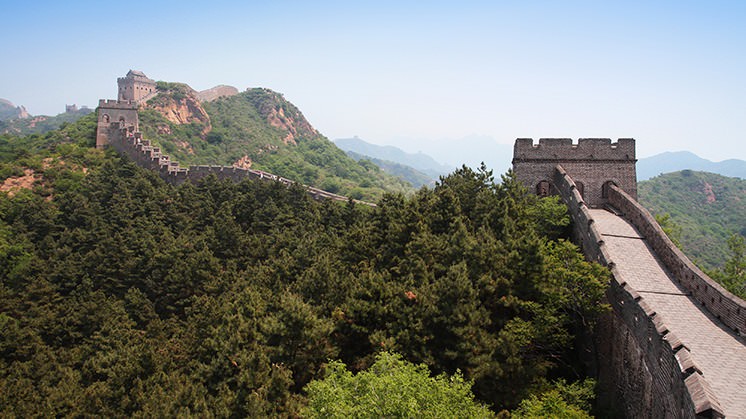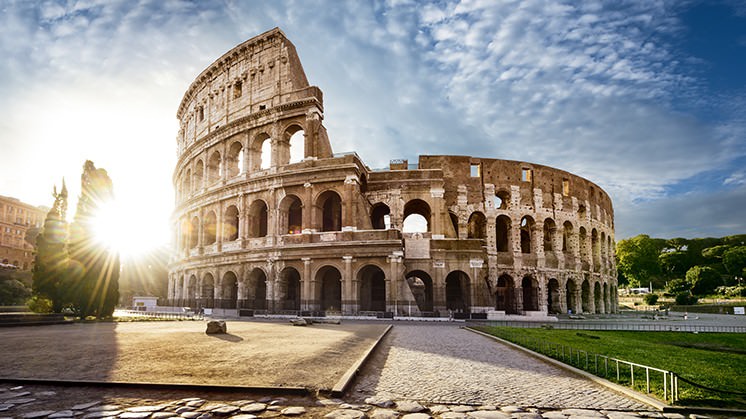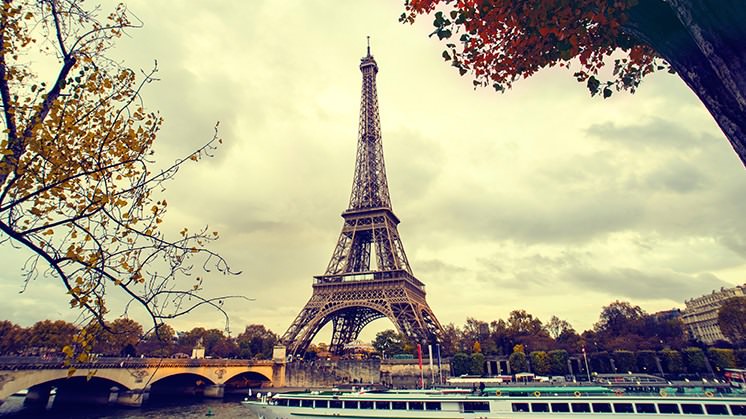Monuments of the world



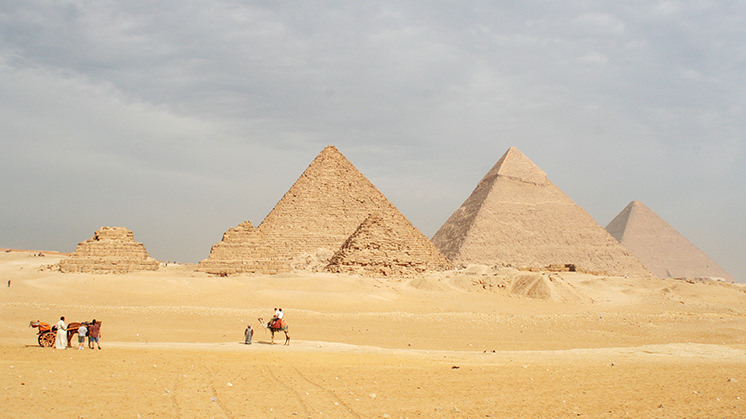
There are more than 7,000 national parks in the world and 1,154 places listed as World Heritage External link, opens in new window. sites. The list of destinations to travel to is practically endless and tourism is gradually starting to pick up again after the hiatus imposed by the pandemic: 415 million people travelled in 2021 worldwide, according to the World Tourism Organisation.
External link, opens in new window. sites. The list of destinations to travel to is practically endless and tourism is gradually starting to pick up again after the hiatus imposed by the pandemic: 415 million people travelled in 2021 worldwide, according to the World Tourism Organisation.

SEE INFOGRAPHIC: International tourist arrivals in 2021 [PDF] External link, opens in new window.
THE MOST BEAUTIFUL NATURAL MONUMENTS IN THE WORLD
Nature and adventure tourism — also known as ecotourism — has shown remarkable growth in recent years and its projection is increasing. According to a study published by Allied Market Research External link, opens in new window. , the ecotourism market generated a global turnover of $181.1 million in 2019 and is expected to exceed $333.8 million by 2027.
External link, opens in new window. , the ecotourism market generated a global turnover of $181.1 million in 2019 and is expected to exceed $333.8 million by 2027.
A boost to this growth was the declaration of the year 2017 as the International Year of Sustainable Tourism External link, opens in new window. by the United Nations, with the aim that the sector commit itself to sustainability in economic, social and environmental spheres.
External link, opens in new window. by the United Nations, with the aim that the sector commit itself to sustainability in economic, social and environmental spheres.
There are many destinations to choose from for travellers who want to not only get close to nature, but also marvel at the wonders it creates. A cut above the rest:
- Ayers Rock: A rocky monolith located in the Uluru-Kata Tjuta National Park (Australia), a sacred place for the country's aborigines.
- Pamukkale: Known as the "cotton castles", these petrified waterfalls located in Denizli (Turkey) form one of the most impressive thermal pool centres in the world.
- Perito Moreno Glacier: The largest freshwater reserve on Earth is located in Argentina and forms part of the Los Glaciares National Park, an icy expanse surrounded by mountains and forests.
- Giant's Causeway: One of the most impressive landscapes in Ireland, a total of 40,000 basalt columns that formed and solidified after the cooling of volcanic lava.
- Jeita Grotto: Two limestone caverns connected by a tunnel nine kilometres long. The lower chamber is flooded by an underground river that supplies water to more than one million Lebanese.
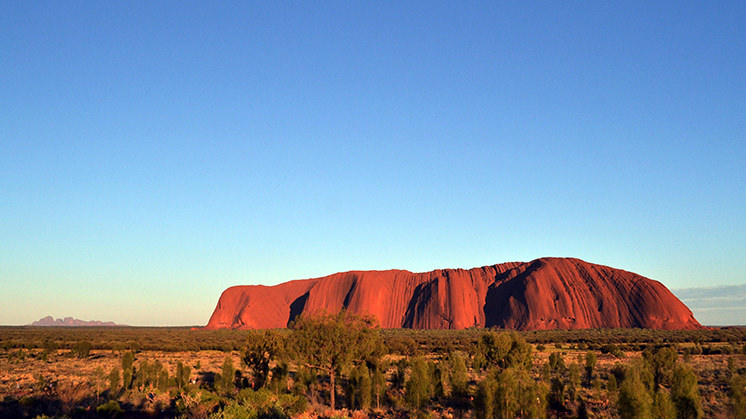
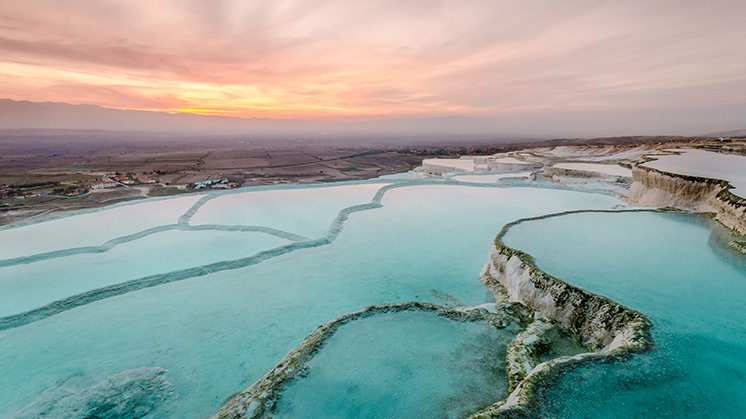

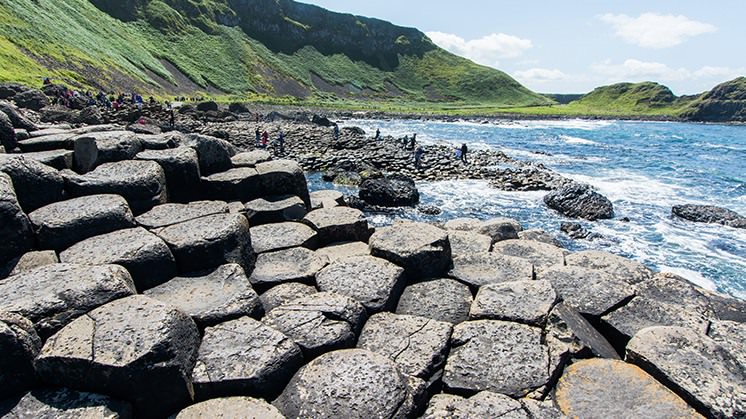

THE IMPORTANCE OF CULTURAL TOURISM AND MONUMENT VISITS
Cultural tourism comprises the set of activities undertaken by travellers to experience and learn about the cultural particularities of a given destination. The UNWTO estimates that approximately 40 % of all travellers in the world engage in cultural tourism. Specifically, the 20 most visited museums in the world received a total of 105.5 million visits in 2019 (pre-pandemic), according to the latest TEA/AECOM Theme Index and Museum Index report [PDF].
There are also many places to visit for travellers who wish to marvel at works of art created by man. The highlights:
- The Great Wall of China: Considered to be the world's greatest feat of engineering, this ancient Chinese fortress extends 7,000 km in length from the Korean border to the Gobi desert.
- The Colosseum: An amphitheatre built in the first century AD in the centre of Rome to host gladiator fights and public spectacles.
- The Alhambra: The most spectacular and famous Arab construction in the world, this houses a group of palaces, gardens and even a fortress that served as the accommodations for the court of the Nasrid kingdom of Granada (Spain).
- Taj Majal: A mausoleum built in the first half of the seventeenth century on the banks of the Yamuna River (India) with an approximate area of 17 hectares. The site includes a large mosque, a guest house and extensive gardens.
- Eiffel Tower: An iron structure made for the 1889 International Exposition in Paris, located on the banks of the River Seine. It is the symbol of France as well as its capital, and it holds the record for being the most-visited monument in the world.
